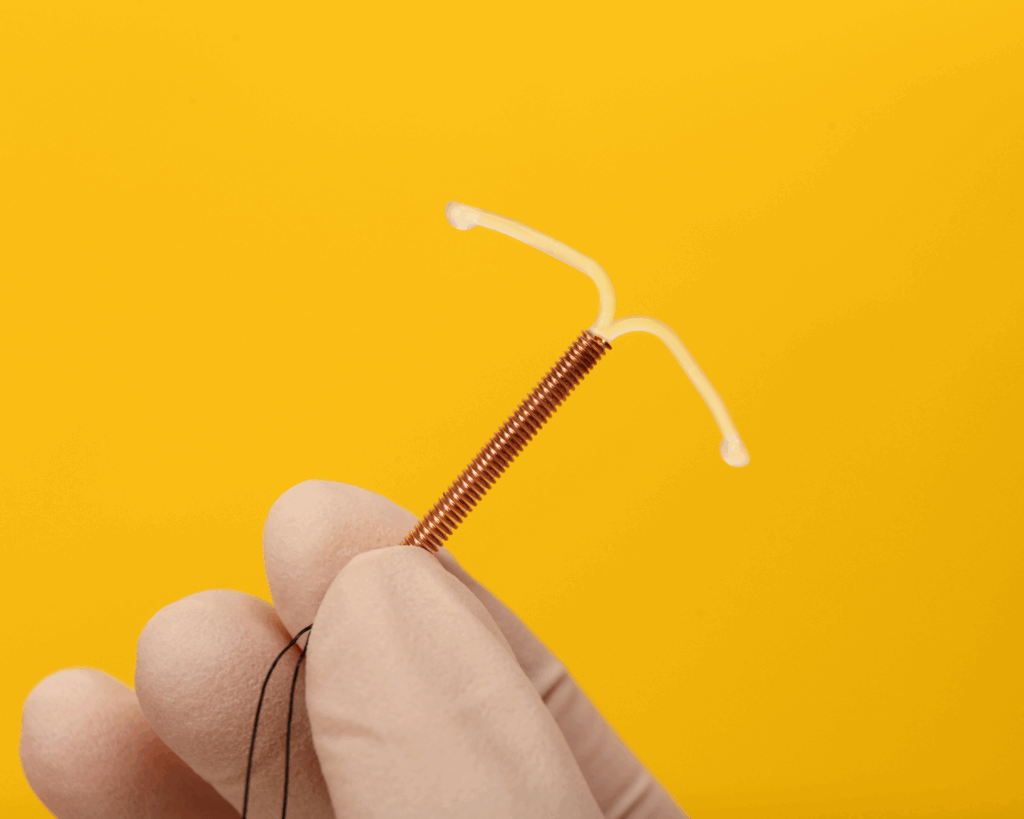Just Google It
Searching the internet for abortion services may work for some, but it will leave those living far from an abortion provider without good information.

Read Time: 4 minutes
Published:
“Just Google it” the woman on the phone said. She worked in an obstetrics and gynecology office, and I’d asked her where I could go for an abortion. “Okay, thanks” I said. I’d heard this response many times in the 142 calls I made in 2010 while studying referral patterns for abortion services. The suggestion to “just Google it” stuck with me. So, starting in August 2016, that’s what we did.
Recently, legal access to abortion has been under attack. The Guttmacher Institute classifies 21 states as hostile to abortion rights, whereas, in 2004, only four states were considered hostile. Because of increasingly restrictive policies around abortion, such as facility requirements that contribute to clinic closures, referrals can mean the difference between getting a wanted abortion and continuing an unwanted pregnancy. This is especially true in areas where abortion care is already hard to find.
Traditional methods of locating a provider include referrals from primary care doctors or obstetrician-gynecologists who don’t perform abortions. Hotlines, sponsored by the National Abortion Federation and Planned Parenthood Federation of America, also direct potential patients to providers. But, in the age of the smartphone, when nearly everyone is online, we knew nothing about whether the internet was a reliable source of accurate information for people looking for abortion services.
We searched Google, Bing, and Yahoo for information on where to obtain an abortion in 68 US cities (the 25 most populous cities plus 43 state capitals). In order to prevent results from being influenced by prior searches, we used a private browsing mode that prevents storage of local search history. We looked at everything on the first page of search results—websites, map results, and advertisements—and classified them based on the type of information they provided.
I’d heard this response many times in the 142 calls I made in 2010 while studying referral patterns for abortion services. The suggestion to “just Google it” stuck with me. So, starting in August 2016, that’s what we did.
Among all the webpages we looked at, 53% found an abortion provider, while 13% were for crisis pregnancy centers (CPCs). While CPCs do not offer or refer for abortion services, their websites may mislead searchers into thinking that they do, and they often try to dissuade individuals from having an abortion. These results showed clear geographic differences. Searches for abortion providers in cities that are more than 100 miles from the closest provider, such as Jefferson City, MO and Bismarck, ND, located a provider only 19% of the time, with 28% of search results leading to a CPC.
Overall, map results were more helpful than webpages in locating abortion providers; 67% identified a provider, with 22% instead locating a CPC. However, 61% of map results for cities more than 100 miles from the closest abortion provider were results for CPCs. Advertisements were the least helpful, with only 34% providing links to an abortion provider and nearly as many (30%) instead leading to a CPC.
Together, these results show that “just Googling it” may work for some. But it will leave many without good information, especially those living far from an abortion provider who need the most help finding one. This may be due both to lower ratios of abortion providers to CPCs in more rural areas and an attempt by search engines to balance providing content that is both relevant and nearby. When looking for abortion providers online, everyone should avoid ads, as these were rarely helpful. For those searching for local providers, the websites of the National Abortion Federation and Planned Parenthood Federation of America are good places to start.
People will continue to use internet searches to find resources, so it’s important that we improve the quality of search results and ads. With a grant from the Society of Family Planning, I’m currently investigating whether Google’s policy change regarding abortion ads has improved quality. I am also partnering with computer engineers to expand our searches to more cities and ultimately help search engines, providers, and allies optimize their algorithms to help people find the care they want.
Photo by Rob Hampson on Unsplash



